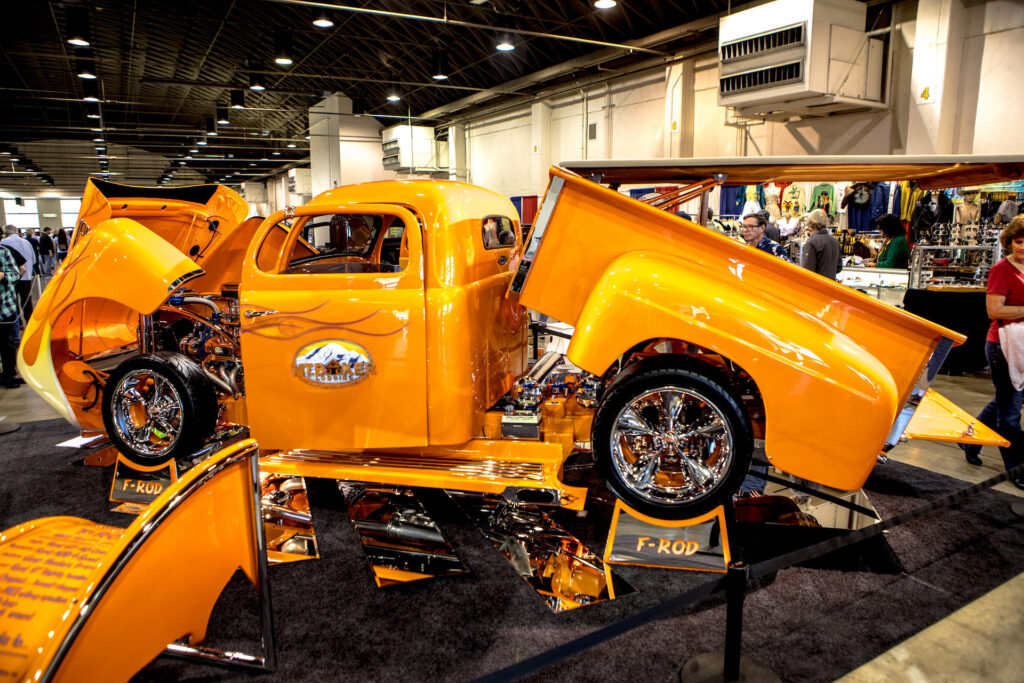Restoring a vehicle structure that has deteriorated may be expensive. Costs might vary from two thousand dollars to several thousand dollars, depending on the kind and model of the car. Because restoring a rusted frame might take a long time, labor is the main reason for these expensive expenses. There is an alternative for people who do not have that kind of discretionary cash. For a fraction of the price, you can fix a rusted car frame if you’re ready to do the labor yourself. It’s not that difficult of a procedure, even though it will take a lot of time and effort. We have provided a simple explanation of how to repair the frame of your rusting car. By consulting with Partsforclassic restoration experts, you may learn more about Old BMW rust repair parts and how to avoid rust in the future.
Fundamentals Of Rust Restoration
When cleaning the rust from the framework of your car, there are a few easy procedures you should do. Remember that these are only general summaries of the procedure. Sometimes there will be particular situations or unusual problems that call for a professional’s knowledge. In these cases, you’ll need to bring your car to an authorized auto body shop so they can fix it. However, these procedures may usually be used to finish the work.
- Uncover The Frame
To fix your car’s corroded frame, you must first make the frame fully visible so that it can be accessible. To start, raise your car with a jack until the frame descends. After that, take out any components that are blocking your path. Any wheel well coverings, mud flaps, stairs, and other trim items that hide the frame must be removed.
- Rust may be removed by using the wire brush wheels
Now that the frame is exposed, you can start tackling the actual rust. To get rid of loose corrosion, use a drill with a wire brushing wheel. You must wear eyeglasses and a mask throughout this portion of the procedure since rust fragments will be floating everywhere. Make sure you have allowed yourself enough room to handle any rust-affected sections on the frame by completely removing all of the visible rust. The majority of the rust will be removed by the wire brush steering wheel, but a little corrosion will always remain that is too hard to remove with a brush.
- Clean the Frame
Washing your frame will be necessary after that to ensure that all of the rust is eliminated. This may be done without the use of strong cleansers or detergents by using everyday items like water and detergent. Always remember to give the frame a full rinse after cleaning it, and then allow it to dry completely.
- Spot weld
It’s time to give the frame a careful inspection when it has dried. Make sure you don’t overlook any areas when it concerns rust. If you find any residual rust, remove it with sandpaper and spot-clean the affected area using the method described above. Pack the openings firmly with a wire web if the corrosion is so bad that it has eaten tiny holes in the metal structure. Sand them smooth after adding body filler to them. After finishing, let the exterior filler dry out.
- Apply Primer
Repeatedly wash the framework to eliminate any dust with the frame filler and allow it to dry when you have finished the previous processes and spot cleansed any regions that still have rust. After it dries, you may apply the primer. Spraying two coats is recommended, with a delay between each application to allow it to dry completely. Put back together your car after applying the clear varnish to the whole frame and letting it dry after the subsequent coat has dried. Once you’ve reinstalled every component you took out of the vehicle to get at the frame, you’re done.
Fundamentals of Rust Control
You won’t want to experience the discomfort of a rusted car chassis ever again once you’ve handled it. These are some pointers to assist prevent rust from ever starting on your frame.
- When driving, stay away from puddles because they are not only made of water. Over time, the caustic elements and salt that may be present in these little amounts of water may splash onto your body. Stay away from driving over them whenever you can, even if it seems exciting and enticing to do so.
- Make sure to thoroughly examine for rust at most every year. Spot-cleaning and treating a few rusty places is far less difficult than having to replace the complete frame. Rust breeds more rust, as anybody who has dealt with it can attest to. You may avoid these little areas from developing into large holes or pits later on by taking care of them now.
- When traveling in salted conditions, always wash your car. You must clean your car regularly if you live close to the water. Your car is subjected to these elements continuously while there is sodium chloride in the air. Maintaining your car’s cleanliness prevents these corrosive substances from accumulating on the frame and eventually rusting.
- An undercoat should be applied every few years. Rust cannot penetrate your car if an undercoat is applied every few years. Before the vehicle even leaves the plant, several manufacturers take this action. However, these undercoatings deteriorate over time; usually, this happens in a few years.


